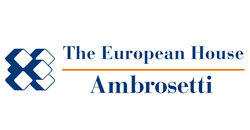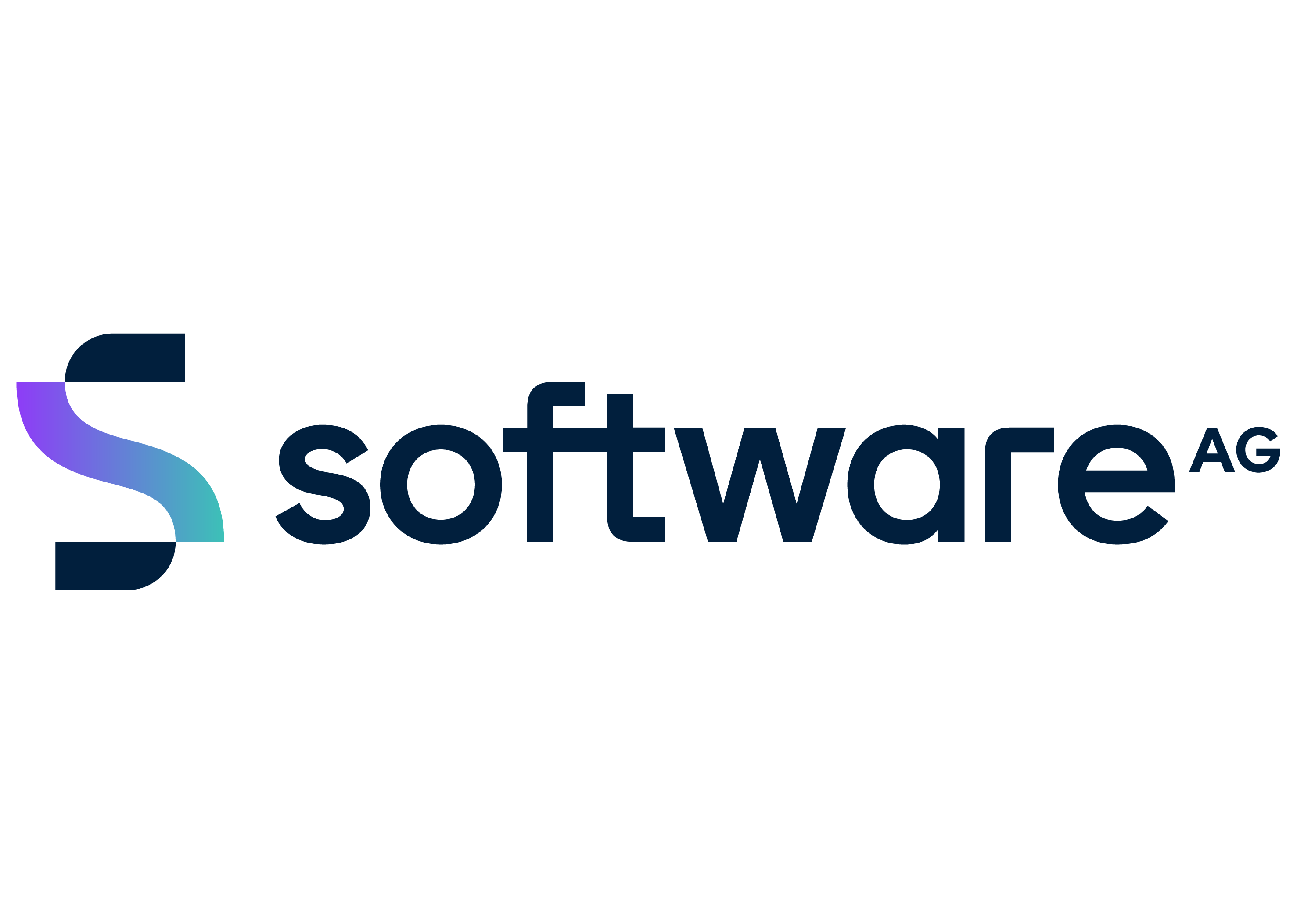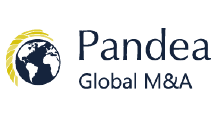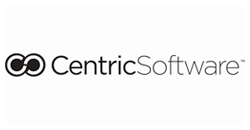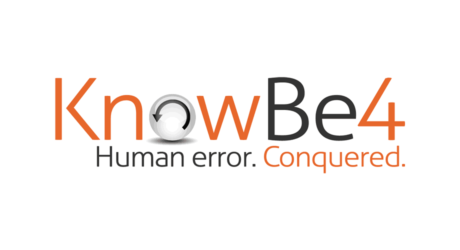CORPORATE MANAGEMENT INTERNATIONAL GROWTH
International Growth
There is no doubt that one of the critical milestones for companies is the decision for growth. Growth can be achieved through various inorganic and organic ways. International growth may be examined under 4 main titles: product/service portfolio expansion to a new geography (overseas), market selection, feasibility, strategy and action planning and implementing. To ensure return on investment and sustainable profitability, this critical step should be taken based on an in-depth market intelligence/research, a realistic and objective positive/negative decision for implementation and actions that will support this decision.
1. Market Selection
Assuming that International Growth journey as a funnel, this phase is the filter at the top of that funnel where options are various and only options that will truly serve the business objectives are let in. In this phase, the potential options are ranked generally in terms of their priority based on general macro-economic, commercial and political indicators that may be significant for the business model of the respective organization. This ranking is performed analytically using a methodology chosen according to the corporate dynamics. At the end of this phase, one or few markets stand out as priority markets that the company may consider expanding into.
2. Feasibility Study
Feasibility study is the phase where Product/Brand - Market Fit is analyzed for the priority markets to assess suitability to the company. Suitability may be explained with the help of following titles and questions:
• Customer and sector analysis (Who do we want to sell our products/services to?)
• Product/service and market expectation compatibility (Is there a demand for the product/service?)
• Competition and differentiation (Can demand be attracted in a sustainable manner?)
• Channels and dynamics of the market (How can the company get access to the demanding group?)
• Operational opportunities and disadvantages of the organization in the market such as procurement, logistics and production (Is there operational synergy that will bring profitability?)
• Regulations and legislations regarding the market (Can ease of operation be ensured?)
• What are the minimum/maximum possible profits taking into consideration currently visible dynamics?
A detailed study that will be conducted using both quantitative and qualitative methods about these will reveal the suitability of the commercially attractive market to the internal and industrial dynamics of the organization, and provide data and identify improvement areas for the next phases. The concept of suitability does not require identifying a specific point, but rather necessitates creating a feasible area/space for the company in the examined topics. The fact that there exists an area/space indicates that the organization may enter into the market, but it does not guarantee that desired outcomes will be attained.
3. Strategy and Action Development
Desired success can be achieved not only by conducting a detailed analysis of potential areas in the market, but also by making strategic moves based on corporate objectives. Strategic moves should be made considering experience, data-based approach and profitability-based scenarios and these moves should be qualified to answer the following critical questions:
• Which operation model will be followed?
• Is strategic cooperation required? If yes, who will be the stakeholders?
• Which legal and regulative advantages of the market will be utilized?
• What type of a value proposition and communication strategy will the brand assume?
• What will be the pricing model?
• Which channels will be used to reach the customers and what kind of an expansion policy will be followed?
• What would the organization structure be like?
• When the organization will enter into the market and how long will it take to complete this process?
4. Project Implementation
Critical questions and market entry strategies should be reduced to action plans including details about timing, organization and financial resources, and these plans should be implemented with regular monitoring. At this point, project management & PMO is as critical as planning.
As Consulta, we continue to be the solution to the strategic needs of our clients at every step of the way to determine an international growth strategy with our customized methodologies and extensive project experience.

 English
English
 Turkish
Turkish
